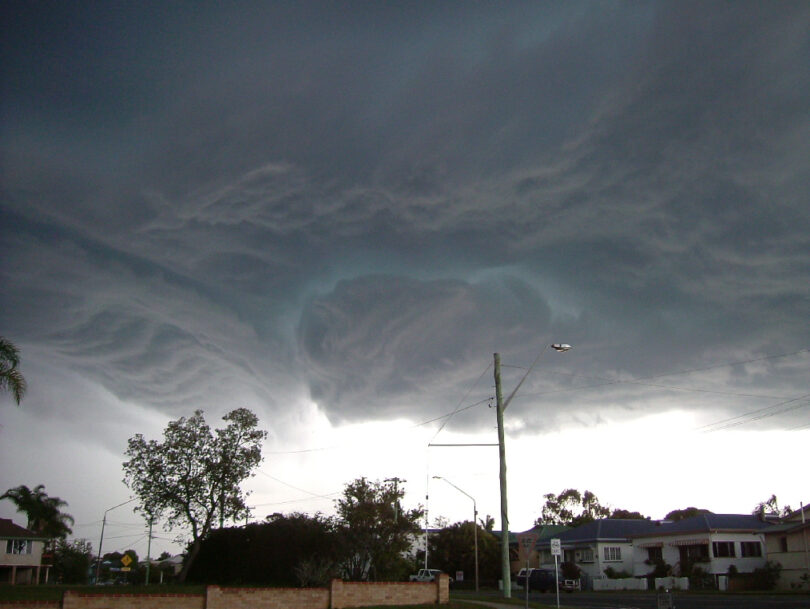The cost of a natural disaster differs to whether the focus lies on human beings or economics.
Though bushfires may appear in the news more frequently, it turns out that they have lower financial cost compared to other natural disasters.
By Isabelle Ýr Carlsson
Spring will soon be upon Australians, and so will the higher temperatures. However, with the warm weather approaching, it is not the bushfires you should be most concerned about. As it turns out, if one look at the total damages it appears that storms are actually the natural disaster with the highest expenses. That might be due to buildings, infrastructure etc. getting wrecked by the power of the storm, launching objects around.
Natural disasters related to extreme heat like droughts and bushfires tend to cause a higher number of deaths per occurrence compared to floods and storms which according to the data seem to cause deaths more frequently but in lower numbers.
The number of deaths related to storms and floods altogether is nearly the same as what just one drought caused, which is around 600. It is relevant to note that according to the data from the International Disaster Database EM-DAT Public, only one drought since 1913 has caused deaths.
When it comes to loss of human lives, drought is a devastating natural disaster. Back in 1967, six hundred people lost their lives as a result of a drought. According to CSIRO, droughts are expected to become more severe and occur more frequently. And their impacts are far-reaching.
Drought is the most expensive natural disaster in the country when looking at the average cost throughout the years from 1913 until this day.
According to CSIRO, Australia’s National Science Agency, droughts are financially damaging the whole nation. Industries like agriculture struggle with water supplies which leads to loss of production and rising prices. In some areas of Australia, droughts might result in the water storages drying out, leaving the areas no choice but to buy water from surrounding suppliers.
Droughts, floods, and storms are expected to occur much more frequently as a result of extreme sea levels.
Predictions from Australian Government Bureau of Meteorology’s climate outlook show that El Niño is likely to take form later this year. The last three summers have been influenced by La Niña, which is characterized by lower temperatures and larger amounts of rainfalls. If El Niño takes effect, hotter temperatures may cause the nature to change from green and luxuriant to dry and flammable.
Even if El Niño is to take form this summer, it is hard to know what consequences it will bring as every natural disaster is different from one another.
CORRECTION: An earlier version of the story stated the year of the drought as 1968 – the correct year is 1967 as is reflected in the current version.

